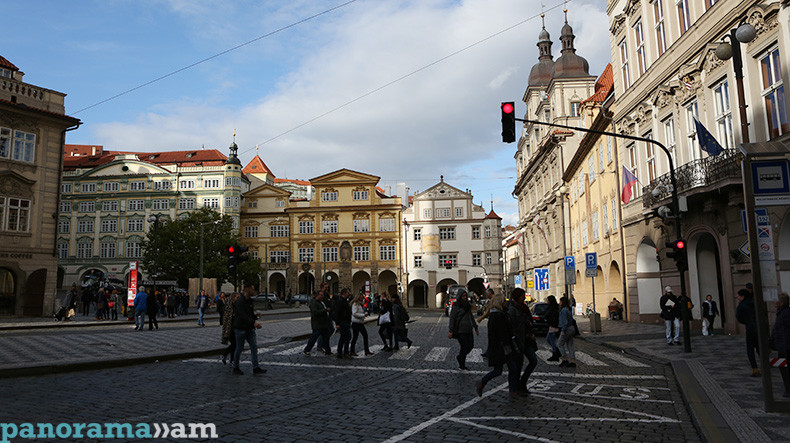
22.5% of EU population faces risk of poverty, new report shows
112.9 million people, or 22.5% of the population in the European Union (EU) were at risk of poverty or social exclusion in 2017, according to a new report published by Eurostat, the statistical office of the union.
This means that they were in at least one of the following three conditions: at risk of poverty after social transfers (income poverty), severely materially deprived or living in households with very low work intensity, the report says.
After three consecutive increases between 2009 and 2012 to reach almost 25%, the proportion of persons at risk of poverty or social exclusion in the EU has since continuously decreased to 22.5% last year, 1.2 percentage points below its 2008 reference-point and 1 percentage point below the 2016 level.
Thus, more than a third of the population was at risk of poverty or social exclusion in three EU member states last year: Bulgaria (38.9%), Romania (35.7%) and Greece (34.8%). At the opposite end of the scale, the lowest shares of persons being at risk of poverty or social exclusion were recorded in the Czech Republic (12.2%), Finland (15.7%), Slovakia (16.3%), the Netherlands (17.0%), Slovenia and France (both 17.1%) and Denmark (17.2%).
According to the report, the poverty risk rate has grown since 2008 in ten EU countries, with the highest increases being recorded in Greece (from 28.1% in 2008 to 34.8% in 2017, or +6.7 percentage points), Italy (+3.4 pp), Spain (+2.8 pp), the Netherlands (+2.1 pp), Cyprus (+1.9 pp) and Estonia (+1.6 pp). In contrast, the largest decrease was observed in Poland (from 30.5% to 19.5%, or -11.0 pp), followed by Romania (-8.5 pp), Latvia (-6.0 pp) and Bulgaria (-5.9 pp).
Newsfeed
Videos






























